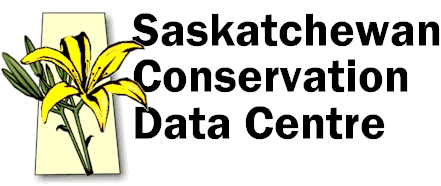
ECOZONE
BOREAL SHIELD
ECOREGION
Churchill River Upland

Hectares: 11,311,000 ha (17%)
Typical of the Precambrian Shield, this ecoregion is characterized by a mix of bedrock outcrops, glacial deposits, wetlands and lakes. Local relief rarely exceeds 25 metres, but the landscape gives the impression of roughness and even ruggedness, particularly where bedrock outcrops are prevalent. Lakes, which account for as much as 40% of the area, are typically long and narrow and aligned in a northeast-southwest direction, paralleling the bedrock structure and the direction of glacial ice movement.
Many are linked by stretches of fast-flowing rivers to form the regional drainage pattern-the Churchill River system being an example. Most of the soils are sandy and support low stands of black spruce and jack pine. Clay soils, supporting white spruce and aspen, occur sporadically throughout the eastern part of the area. The low-lying peatland areas are often perennially frozen and support black spruce and tamarack. Aquatic systems, like others on the Shield, are distinguished by the presence of cold water fish such as lake trout and arctic grayling, in addition to northern pike, walleye and whitefish.
Wildlife populations are higher than elsewhere on the Shield with moose, woodland caribou, black bear, and timber wolf being the most noticeable. The Churchill River system contains the second highest concentration of nesting bald eagles in North America-only in Alaska do higher concentrations exist. Other characteristic birds include Connecticut warbler, northern three-toed woodpecker, osprey and red-breasted merganser.
LANDSCAPE AREA
- D1 Black birch Plain
- D2 Frobisher Plain
- D3 Pinehouse Plain
- D4 Foster Upland
- D5 Highrock Lake Plain
- D6 Wollaston Lake Plain
- D7 Fond du Lac Lowland
- D8 Lower Cree River Plain
- D9 Pasfield Lake Plain
- D10 Pine River Plain
- D11 Cree Lake Upland
- D12 Wheeler Upland